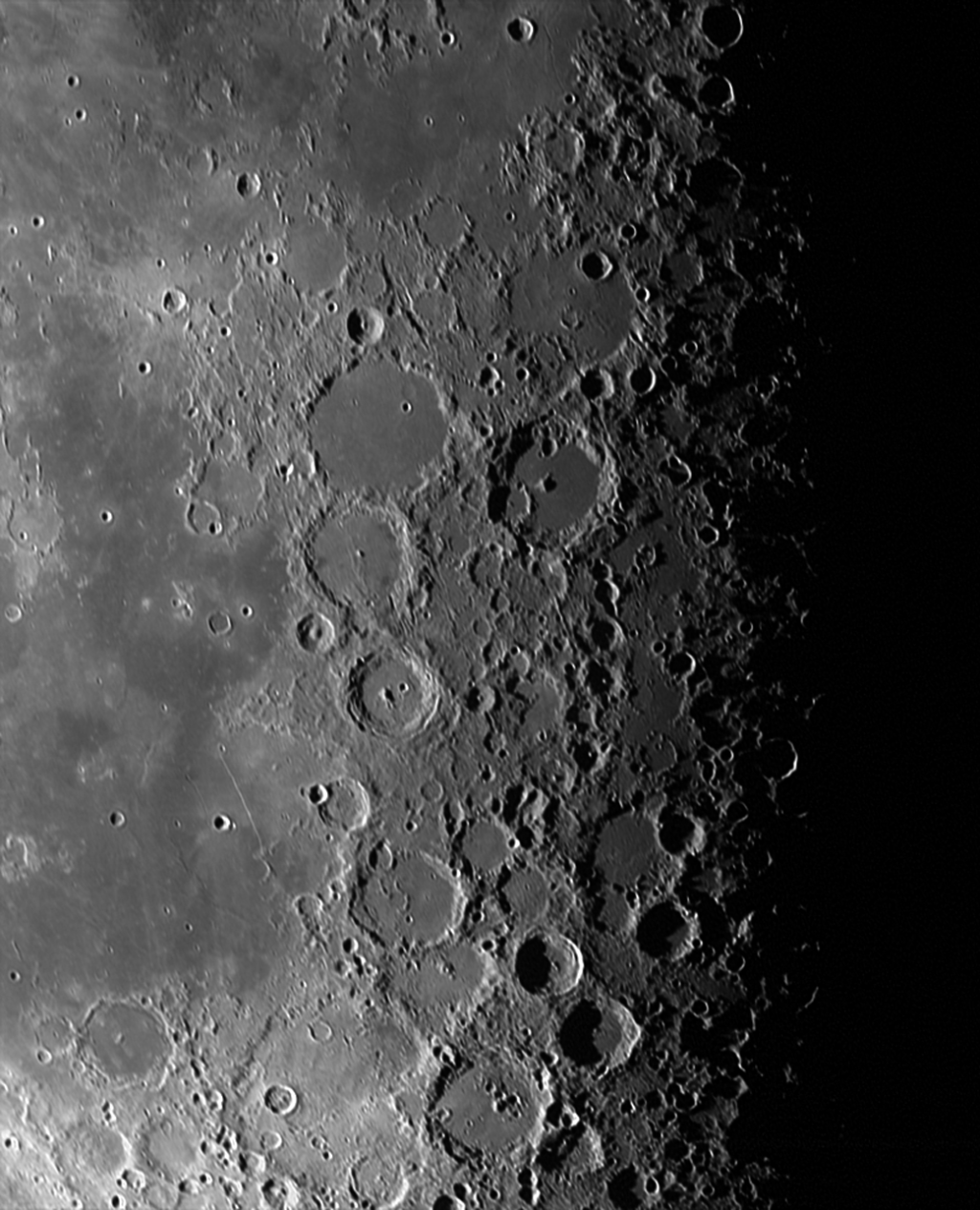WASP-18 b: Animation of an Exoplanet Eclipse
| Credit | NASA/JPL-Caltech (K. Miller/IPAC) |
|---|---|
| Language |
|
Researchers made a brightness map of WASP-18 b, tracing the glow from hot regions of the exoplanet as it slipped behind, and reappeared from, its star. This event is known as a secondary eclipse. Scientists can measure the combined light from star and planet, then measure the light from just the star as the planet moves behind it. The plot is a light curve, the measured brightness of a star. The planet’s brightness map, obtained using NASA’s James Webb Space Telescope, allowed researchers to determine a temperature map of the planet’s atmosphere.
Visual description
A wide shot shows the planet WASP-18 b rapidly orbiting its star, WASP-18. Time slows down and the camera zooms in on the planet. The planet starts to slowly move behind its star.
An animated plot, displaying the eclipse data, is seen on the right side of the screen. It shows the light dipping as the planet passes behind the star. The planet continues to be eclipsed by its star on the left side of the screen. The planet has now been fully eclipsed by its star.
The screen fades to black.
2 hours later…
The screen fades back in.
The planet is seen emerging from the other side of the star. The animated light curve is still seen on the right side of the screen showing measured light increasing. The planet is emerging out of eclipse from behind the star. The animated light curve disappears as the eclipse is complete. The planet is seen in full screen, closeup. It has a bright yellowish, white spot that is off-center, facing in the direction of the star, which is off screen. The rest of the planet is a reddish color. There is a dynamic, vertical flow originating from the bright spot and then flowing over the poles of the planet.




























